Connecting today’s world-class research to tomorrow’s STEM problem solvers.
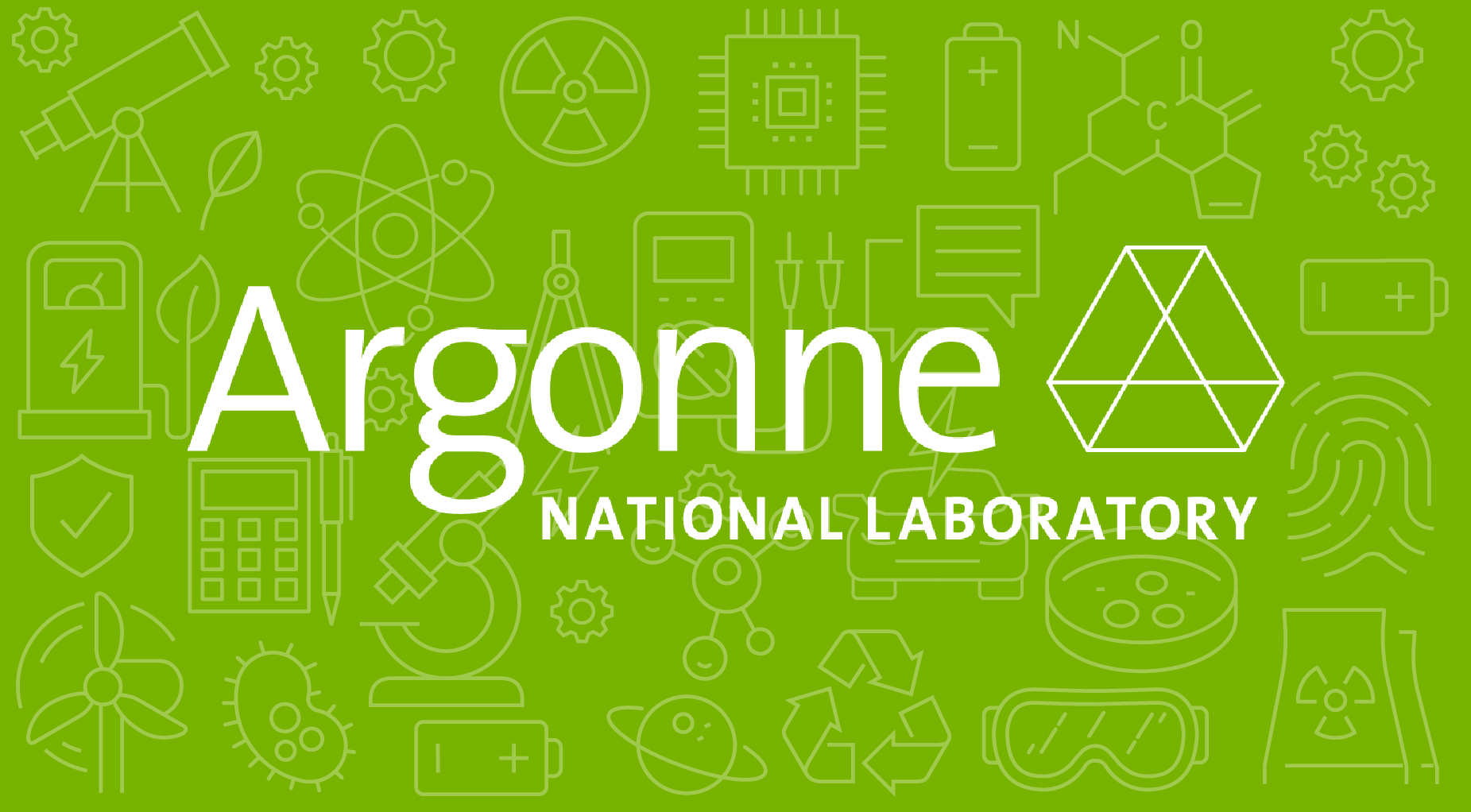

Please create a free STEAMville account to participate in the below activities
Learn MoreCheck out our FREE programs
Click on what interests you! If you are in 3rd—12th grade there is something for you.
Virtual Competitions Complete
Winners will be announced December 6th. If you missed a chance to compete, don’t worry, we will be back soon with a new competition.
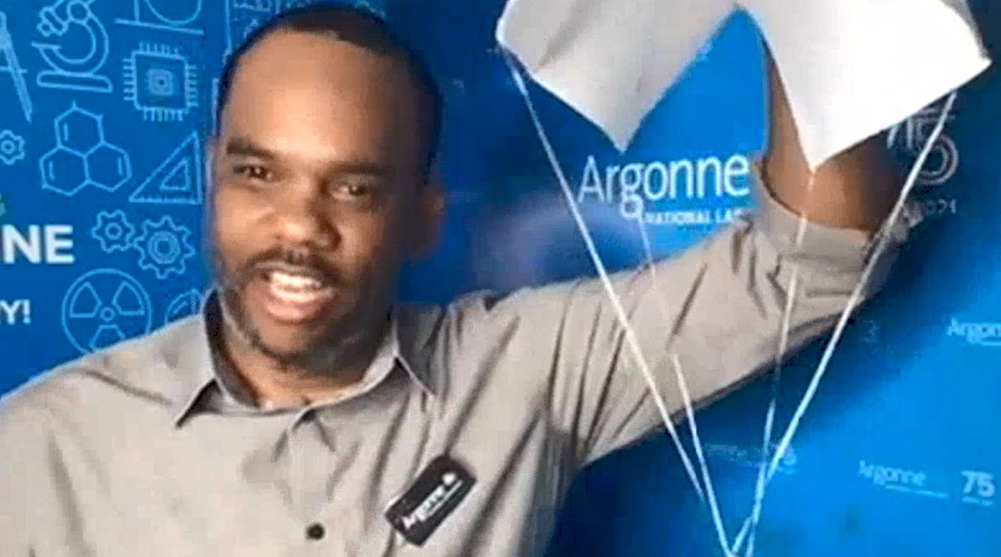
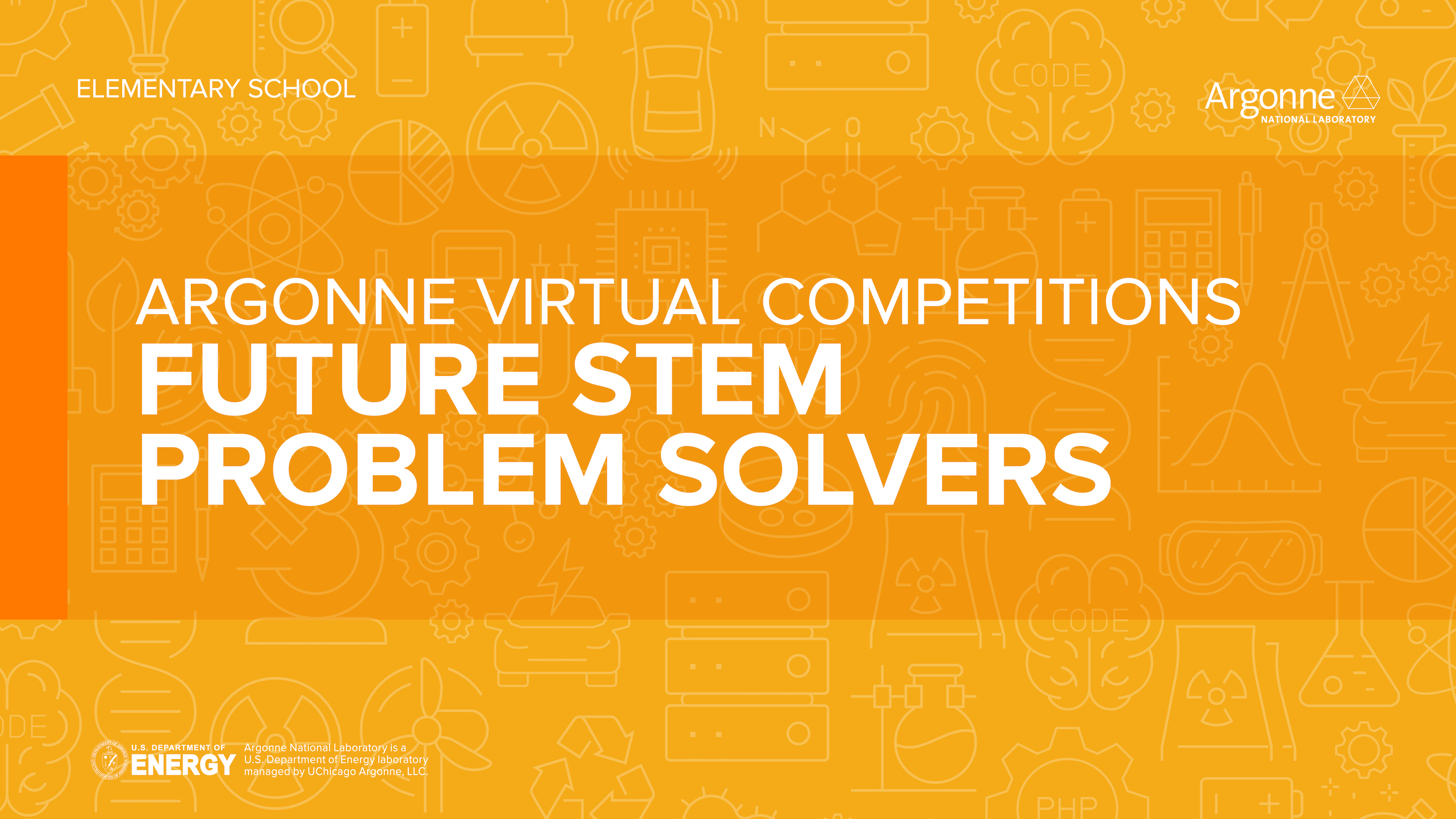
Future STEM Problem Solvers (3rd–5th grade students)
Try your hand at being a scientist AND an engineer! Test out how animals have adapted to moving through their environment and improve on a plane design that was inspired by birds!
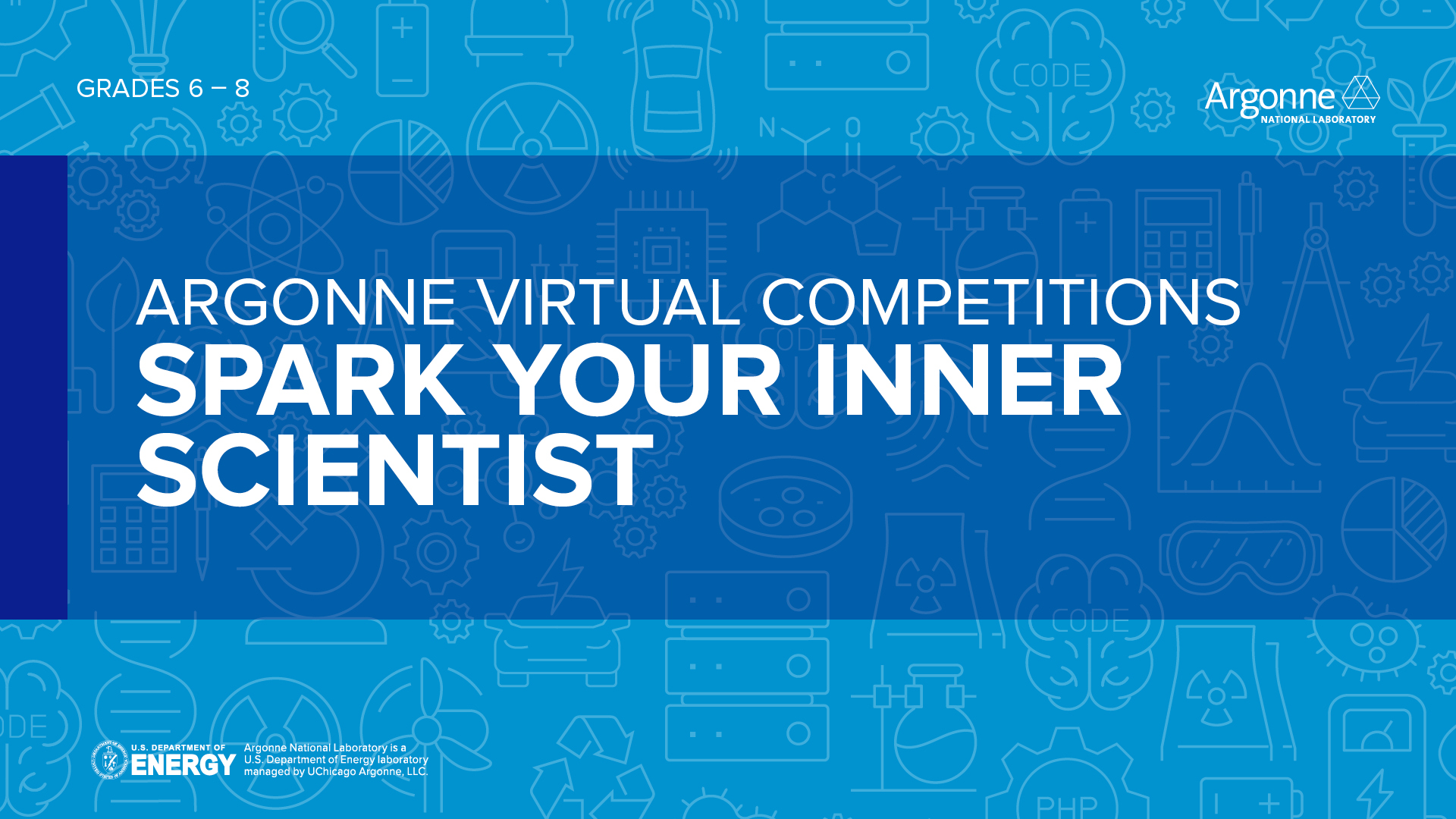
Spark Your Inner Scientist (6th–8th grade students)
What is Friction? Da Vinci thought it was the same between all surfaces.... was he correct?
Through this scientific experiment challenge you will use items around your home to learn if he was or wasn't.
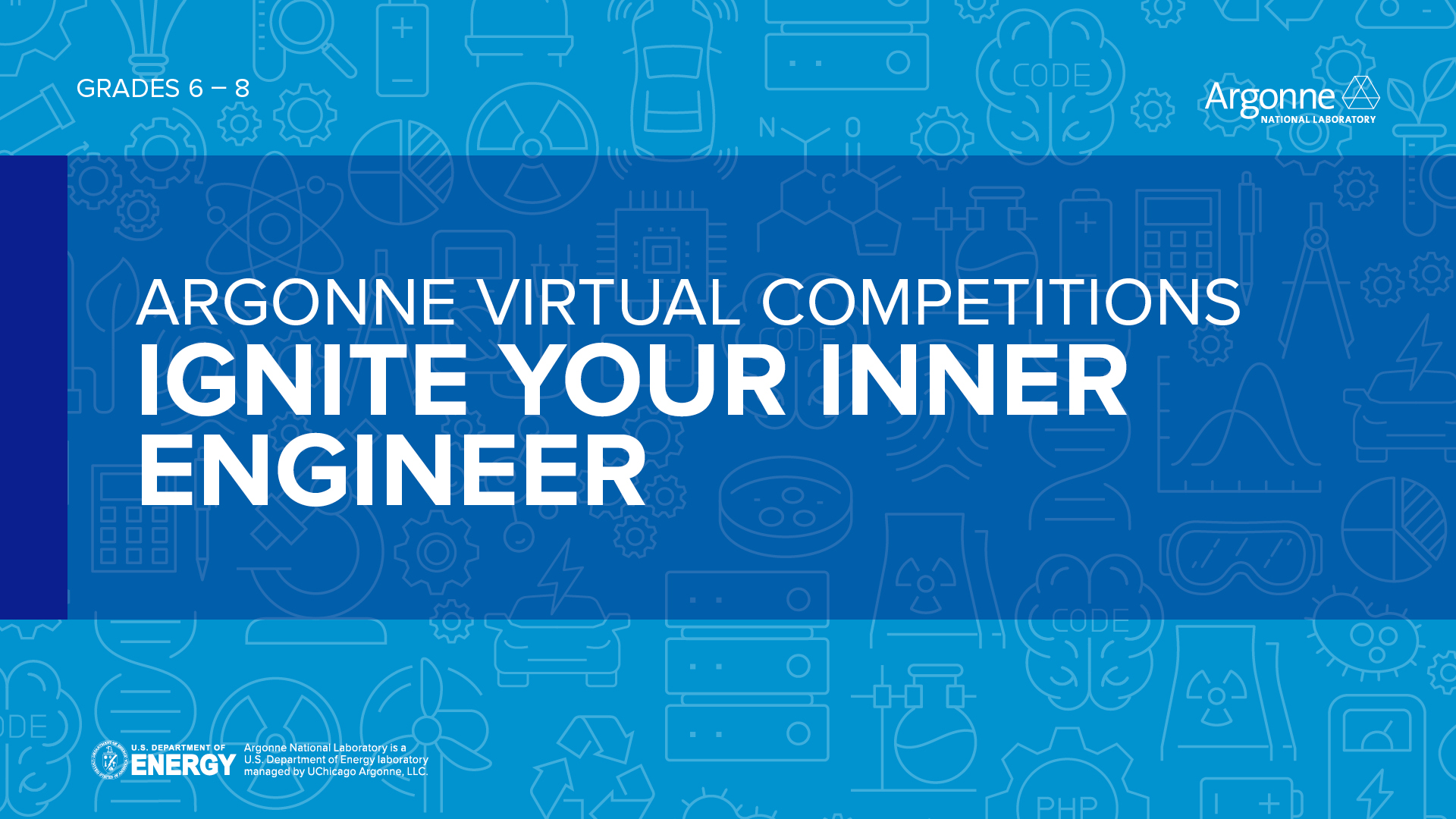
Ignite Your Inner Engineer (6th–8th grade students)
What goes up.... must come down. Da Vinci knew this, and he designed a parachute that was WAY ahead of his time. Now, you get to build a replica of HIS parachute and (just like an engineer) try to improve it.
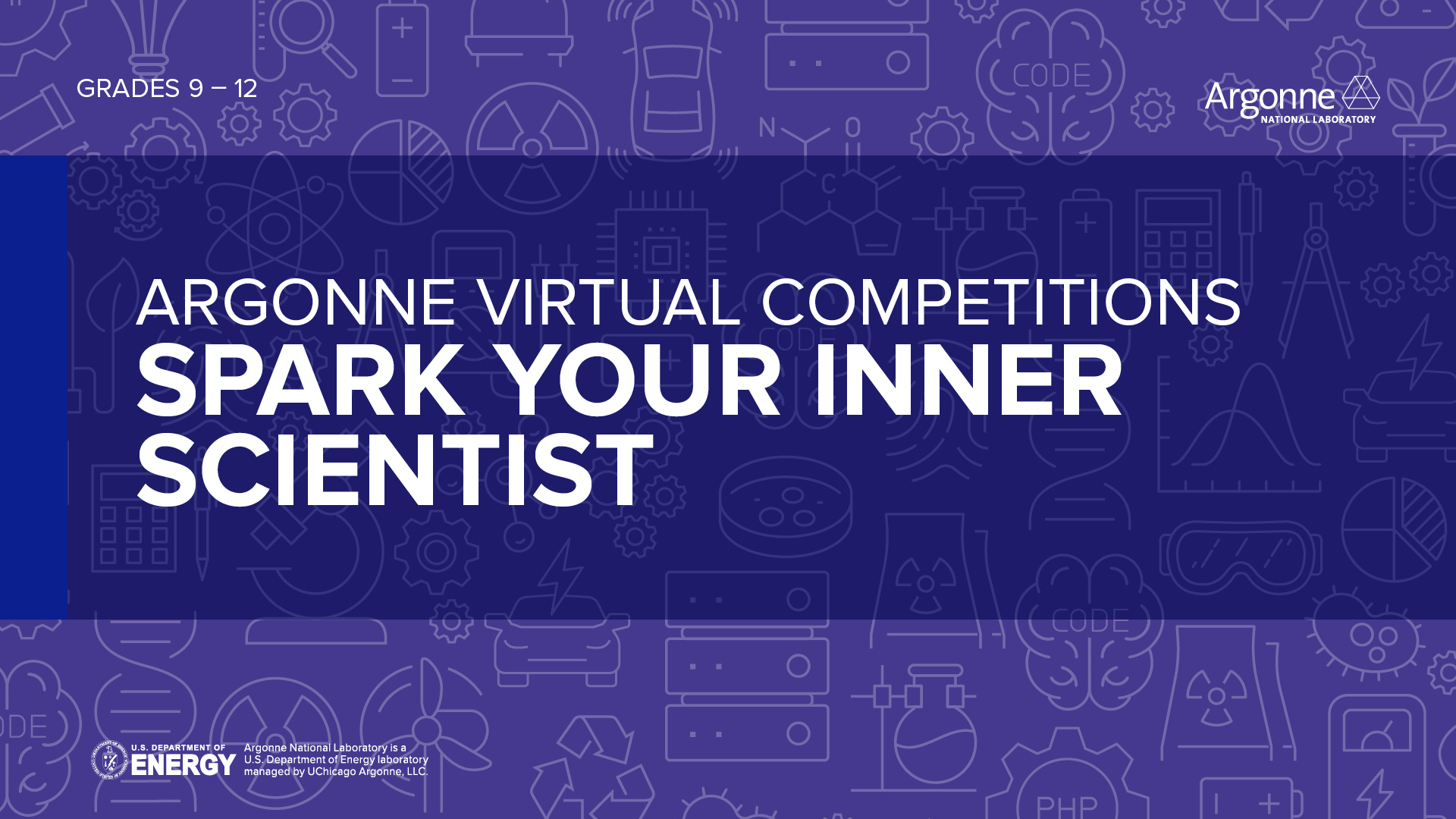
Spark Your Inner Scientist (9th–12th grade students)
Was Da Vinci always correct and why was Da Vinci deemed the world's first Tribologist? Discover this and more as you design your own experiment to test one of Da Vinci's findings.
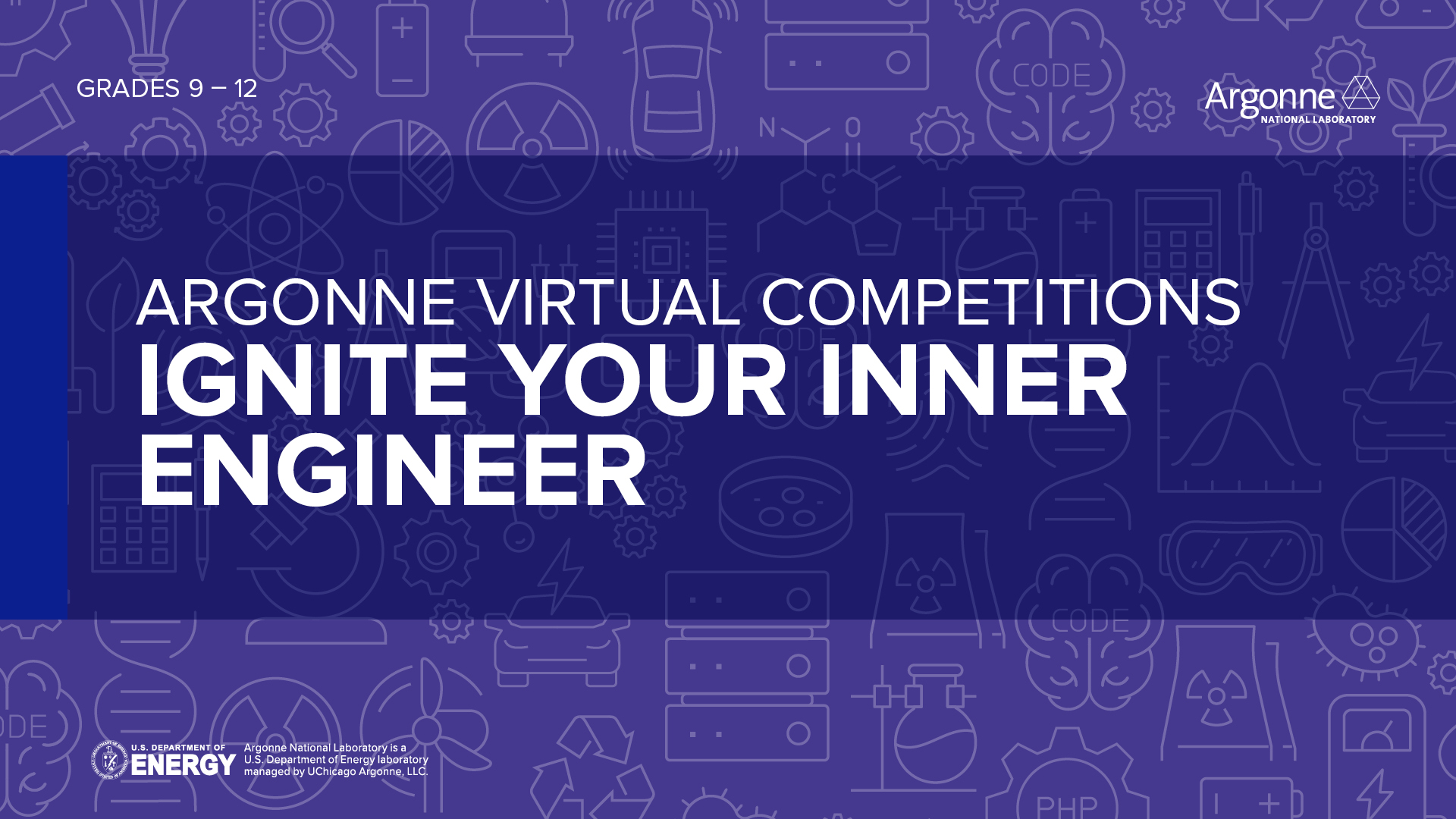
Ignite Your Inner Engineer (9th–12th grade students)
"How hard can it be to design a parachute....Da Vinci did it" He did and so can you! In the 1500s Da Vinci designed what we know now as a parachute. In this challenge you are going to build a replica of his parachute then try to improve on his design.
Virtual Escape Rooms
Wish you could visit Argonne? Hopefully, you can someday. In the meantime, step into our virtual escape laboratories and see what it’s like to solve a STEM mystery!
Need help creating an account or joining a group? Click here!
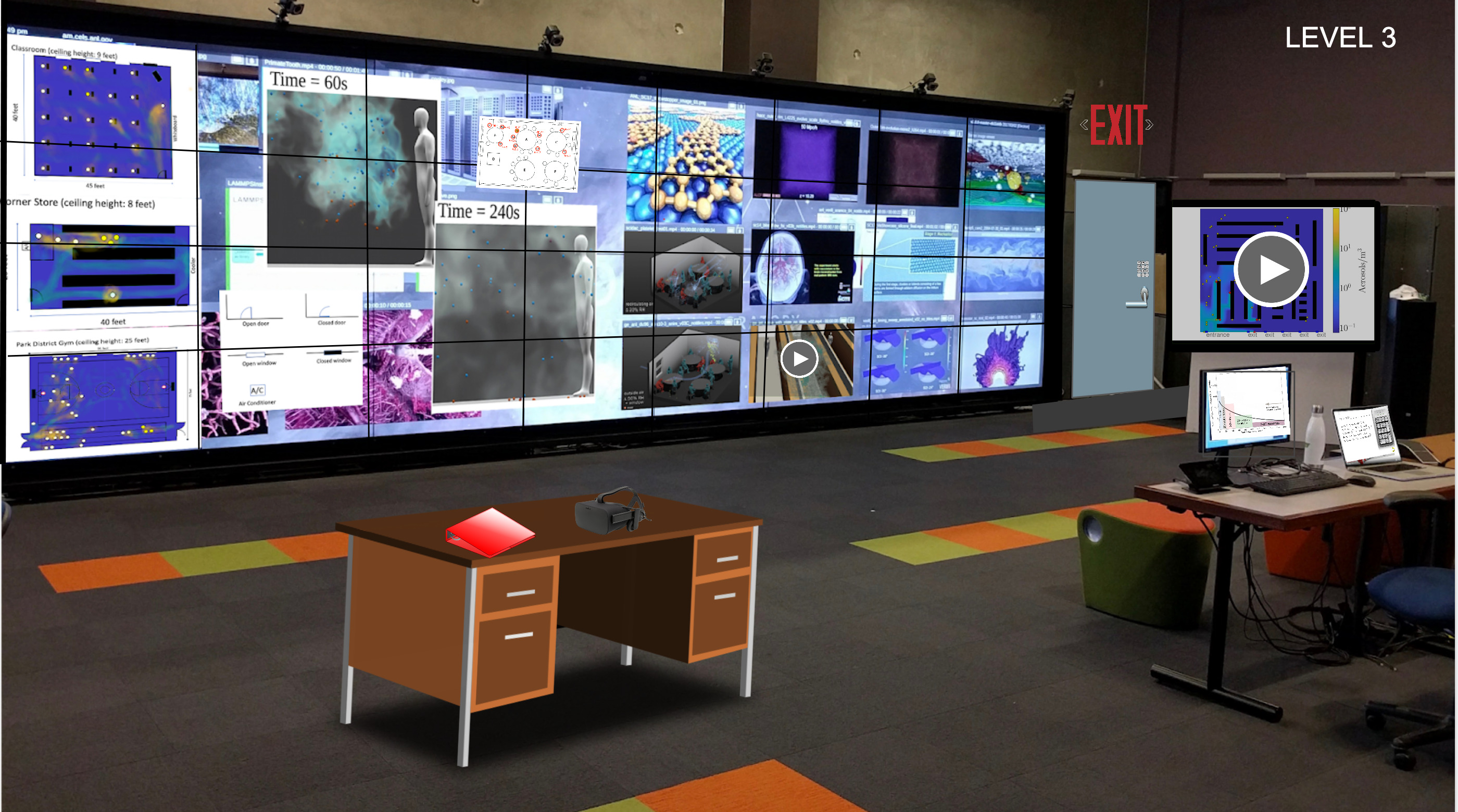

Cybersecurity Virtual Escape Room
Can you stop a cyber attack? Work with Argonne’s cybersecurity experts to explore phishing, encryption, social engineering, and the dark web to fight back against a notorious hacker that is trying to take over peoples’ cars! (6th–12th grade students)
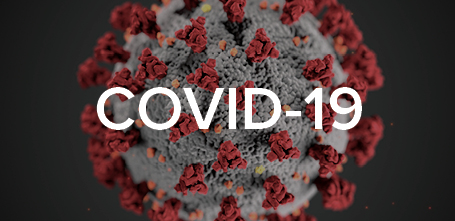
COVID-19 Escape Room (9th–12th grade students)
As an Argonne intern for the day, use our labs to figure out where it’s most likely that three fictional students at the same school were infected with COVID-19. Visit our labs that specialize in risk analysis and decision science, nanoscale materials, supercomputers and scientific visualization to learn more about how COVID-19 is spread and how to mitigate it. You decide, should we shut down the school?

Quantum Virtual Escape Room
Unlock the secrets of teleportation! Learn the basics of quantum mechanics and computing to complete an important mission: "teleporting" banana bread to astronauts in space! (5th-12th grade students)

COVID-19 Escape Room (9th–12th grade students)
As an Argonne intern for the day, use our labs to figure out where it’s most likely that three fictional students at the same school were infected with COVID-19. Visit our labs that specialize in risk analysis and decision science, nanoscale materials, supercomputers and scientific visualization to learn more about how COVID-19 is spread and how to mitigate it. You decide, should we shut down the school?
DIY At-Home Activities
You can science anywhere! Why not help us answer some STEM questions from home? Try our simple activities and share your results. Let’s do this!
Need help creating an account or joining a group? Click here!
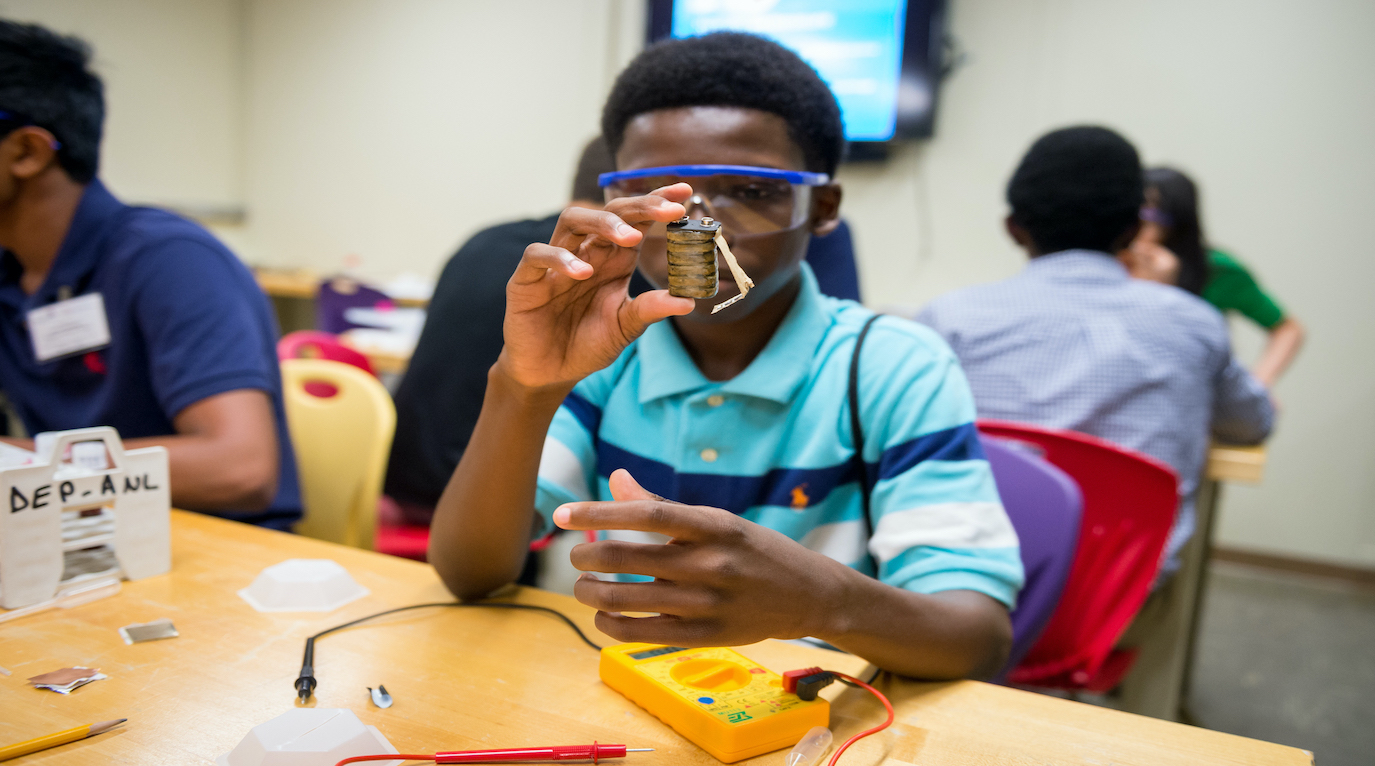
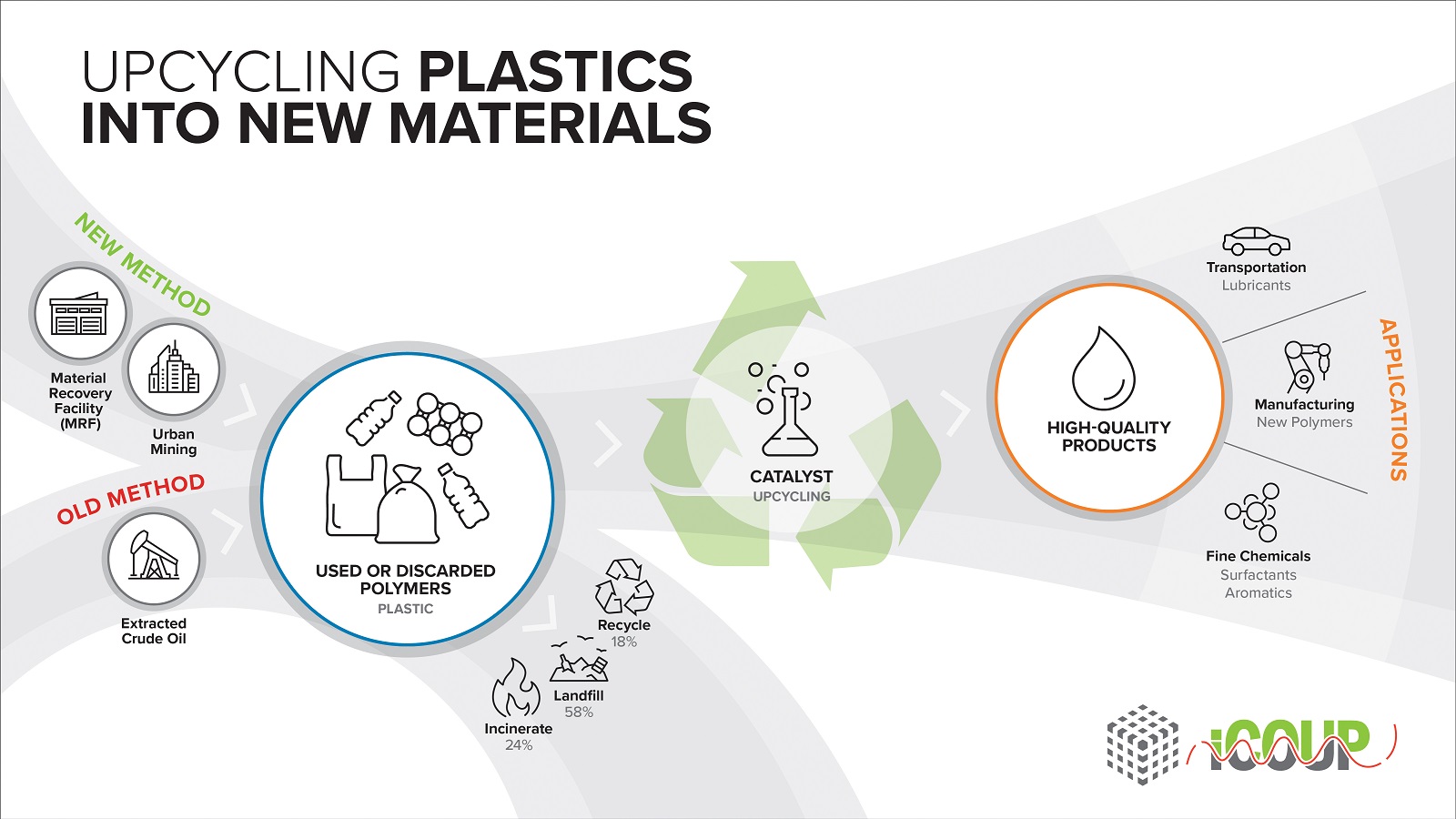
Mine Your Trash Activity (5th grade and up)
Have you ever heard the phrase: "One person’s trash is another person’s treasure"? Trash bins and landfills are filled with valuable materials! Materials that we can make into new, shiny, and useful things. Join us in our "Mine Your Trash" challenge to reduce the number of items that end up in landfills!
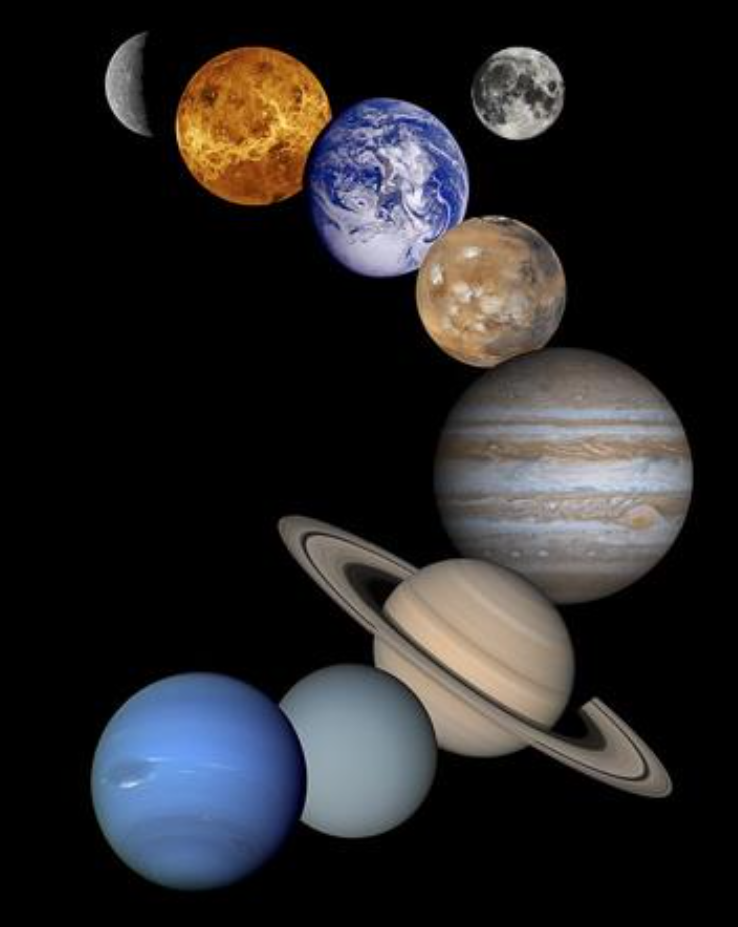
Which Planet is the Flattest Activity (5th grade and up)
What shape are the planets? It’s likely not what you think. In this activity, you will create your own model of a rotating planet and make some observations. Then, determine which planet is indeed the flattest.
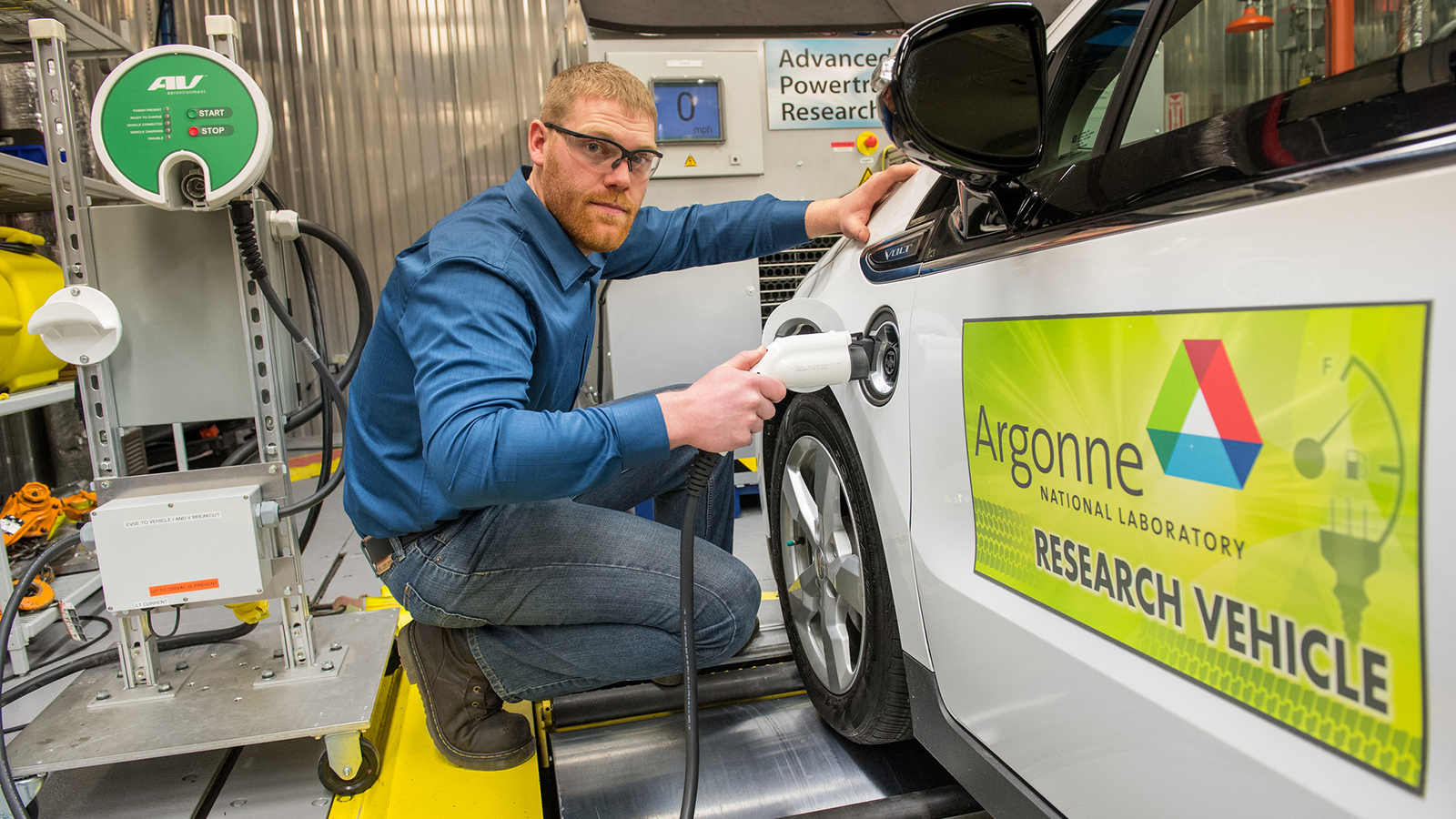
Smart Charging Activity (5th grade and up)
Imagine: your friend is getting ready to head out for the day and their phone gives them a low battery charge warning. They only have ten minutes before they must leave. They have several charging cables to choose from, all different lengths--Which one should they choose? Is there an optimal length to charge your phone? How much can you increase the charge on your phone in 10 minutes? Are there any other factors at play? In this activity, you will measure how much your phone’s battery charges in 10 minutes. You will then submit your results to the Argonne Smart Charging Data Form. Your submission will be one data point within a larger experiment tested by students from all over! Your findings will help answer the questions above.

Smart Charging Activity
Imagine: your friend is getting ready to head out for the day and their phone gives them a low battery charge warning. They only have ten minutes before they must leave. They have several charging cables to choose from, all different lengths--Which one should they choose? Is there an optimal length to charge your phone? How much can you increase the charge on your phone in 10 minutes? Are there any other factors at play? In this activity, you will measure how much your phone’s battery charges in 10 minutes. You will then submit your results to the Argonne Smart Charging Data Form. Your submission will be one data point within a larger experiment tested by students from all over! Your findings will help answer the questions above.

Predicting the Weather
Weather forecasts from weather apps and the news are important for us to make decisions like what to wear or how to plan for travel. Similarly, understanding climate patterns and change is important in our efforts to plan for our future. But have you ever wondered HOW scientists are able to predict weather and climate? Do they use a magic crystal ball, or is the “magic” applying math, science and computer science?

Superposition
Quantum physics looks into what happens at the smallest, most fundamental levels of matter and energy. Rules of behavior are different there. Strange things happen at such a small level. In this activity, you’ll explore a quantum physics topic called superposition. Then, you willcreateexamples of that topic to share with your peers and us.

Water Sensor Activity
We have smoke detectors and carbon monoxide detectors in our homes, schools, and business, why not a water contamination detector? Imagine being able to continuously monitor the quality of your drinking water and being alerted if the water becomes unsafe to drink. This may be possible by using sensors and Artificial Intelligence (AI). In this activity, you will learn more about making your own water computer program to help detect water turbidity (how cloudy water is).

Plant with a Purpose
April showers bring May flowers, but they also bring flooding—especially in Chicago and the surrounding suburbs! Flooding is a major risk to health and safety. Not only does flooding cause water damage to homes and businesses, but it also results in sewage backup and pollution runoff. But that is where reintroducing plants can help. In this activity, create models to experiment with how we can reduce flooding and pollution through the help of plants and soil.

Food is Fuel
Imagine filling your car’s tank with ears of corn. You don’t need be a car expert to know that this would be a bad idea. Yet, we can use fuel made from corn (biofuel). How is this possible? In this activity, you will learn more about how we convert biomass feedstock (like corn) into useful biofuel by making your own yogurt!

Tame the Particle
Particle Accelerators and their beams are tools of discovery and innovation. These tools take small bits of matter (particles) and accelerate them at high speeds.
“Atoms are the building blocks of matter” is probably something you have heard before. You may also remember learning that atoms are made of three types of particles: neutrons, protons, and electrons. But did you know that charging and accelerating a beam of electrons or protons near the speed of light can help us answer some of society's greatest questions, like "Why did the T-rex have such small arms?" Taming these energetic particles is a delicate balance. Let’s see how well you can do it!
Scientists and engineers have learned how to use electromagnetic force fields to accelerate and focus beams of particles, and scientists continue to build their knowledge and skills in this area. At Argonne’s Advanced Photon Source (APS), scientists control electron beams moving at 99.999% the speed of light to produce some of the brightest x-rays on the planet. These x-rays are used to do all sorts of science and have numerous applications such as helping develop new vaccines or more efficient batteries. Understanding how these powerful and beneficial machines work can be difficult to understand. In this activity, you will watch a short video and create a model to explore how electromagnetic force fields interact with particles

Rethink, Retrain, Recycle
Recently a team of Argonne researchers discovered a way to use AI to optimize a complicated manufacturing process that creates a wide range of industrial nanomaterials like those used in batteries. This is important not only to produce these important materials at a large scale, but also to ultimately develop greater technologies for society. In order to achieve this accomplishment, the team of researchers needed to engage in machine learning. Machine learning is an application of AI that involves developing computer algorithms so that the computer is essentially “learning” or being trained. The purpose of machine learning is for the computer to learn from past data to continuously improve without human input. Machine learning isn’t just for researchers at Argonne. In fact, you can try it out for yourself! We all know that recycling is good for our environment, however it can be a more complicated process than we might think. For one, not all materials can be recycled and knowing which ones can and cannot is difficult to remember. For example, you can put paper bags in the recycling bin but not plastic. Can you make this process easier using AI and Machine Learning? How accurate can you make it?

Coat That Fuel Pellet
Argonne scientists have discovered a new way to coat nuclear materials that are used to help create electricity in nuclear power stations. Nuclear reactors are devices for creating a nuclear chain reaction to generate electricity. Inside an operating nuclear reactor, the environment is extreme. Reactor components are exposed to a combination of intense radiation (energy that can be harmful) and heat as well as coolant. That's why, in order to operate reactors safely, scientists need to design their components with materials that can withstand these conditions. Inside nuclear reactors, the radioactive fuel, which has been pressed into small pellets and stacked inside of fuel rods, provides the energy that is turned into electricity. Coating these components can help improve the operation and safety of nuclear reactors.
You can find coatings everywhere – from the non-stick coating on a frying pan, to the epoxy coating inside a metal can of vegetables, to the coating on a tablet screen that keeps your oily fingerprints away. Scientists and engineers design coatings, and the ways to apply them. They choose or invent coatings that have chemical properties that are useful for solving the problem at hand, for example, to protect an item from water, chemicals, heat, or even air. Argonne scientists and engineers develop coatings for a variety of uses, including materials for electronics or renewable energy sources. One important use of coatings is to protect pellets of nuclear fuel from leaking in the extreme environment inside a nuclear reactor. For this problem, scientists want to develop a coating where energy can efficiently escape from the fuel pellet to make electricity but keep the fuel itself inside. In this activity, you will be the nuclear scientist at home. You will design a coating that can help protect a pellet-shaped object (candy) from water, heat, and microwave radiation in your kitchen!

Build Your Own Battery
Argonne scientists and engineers are working together to develop the next generation of cheaper, more powerful batteries. In this activity, you will build a homemade battery and experiment with different materials to optimize your battery—just like Argonne researchers.
From toys and equipment to cars and renewable energy, batteries are everywhere! Batteries have come a long way since Alessandro Volta made the first true battery in 1800. Overtime batteries have advanced with technology and evolved for our ever-changing needs. Batteries come in all shapes, sizes, and materials. A basic battery has two different metal electrodes (a “positive” end and “negative” end), an electrolyte solution, and a separator or “membrane”. The electrolyte solution in a basic battery is the liquid, gel, or paste that allows electrical charge to flow between a negatively charged metal and a positively charged metal in a battery. The separator is a membrane keeps the two metals from touching so that the battery doesn’t short-circuit!

Which Planet is the Flattest Activity
What shape are the planets? It’s likely not what you think. In this activity, you will create your own model of a rotating planet and make some observations. Then, determine which planet is indeed the flattest
Summer Camps
Summer camps give students the opportunity to work alongside Argonne scientists and engineers at our facilities, where they are exposed to the 21st-century skills and dispositions that make Argonne a center for innovation. Through these experiences, students can explore career opportunities in STEM and also learn from some of the leaders in their respective fields. This unique, professional environment provides young people with the tools and perspectives that can pay dividends for years to come.
Furthermore, by covering everything in our diverse program set from initial exposure and outreach for young students unfamiliar with the field to pushing students forward toward more advanced activities that will enrich their STEM skills and professional connections, we set students on a pathway to scientific excellence. Check out our exciting camp opportunities today!

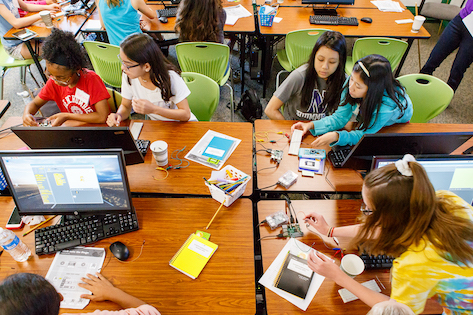
CodeGirls Camp (6th–8th grade female students)
CodeGirls@Argonne Camp brings together 6th and 7th-grade girls to take the first step in exploring what it means to think like an Argonne computer scientist!
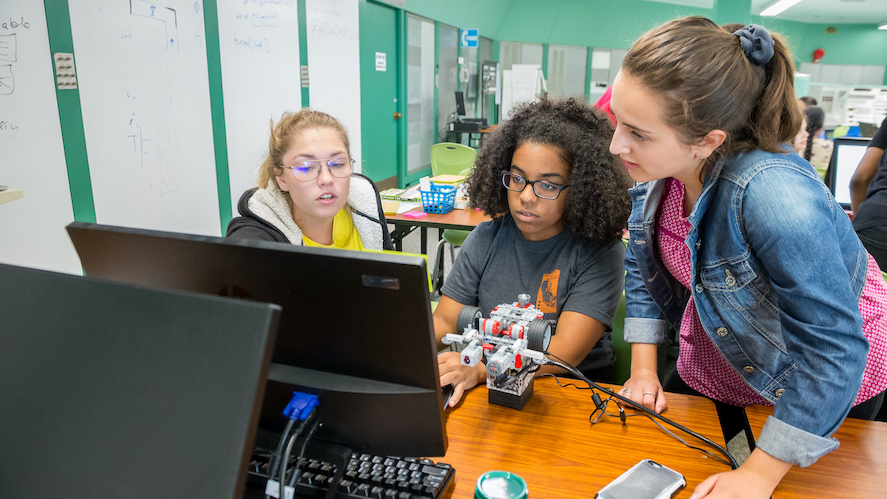
Coding For Science Camp (9th–12th grade students)
At Argonne's summer computing workshop, high school students have a once-in-a-lifetime opportunity to learn how to code from some of the best and brightest computer scientists in the nation. No prior coding experience necessary.
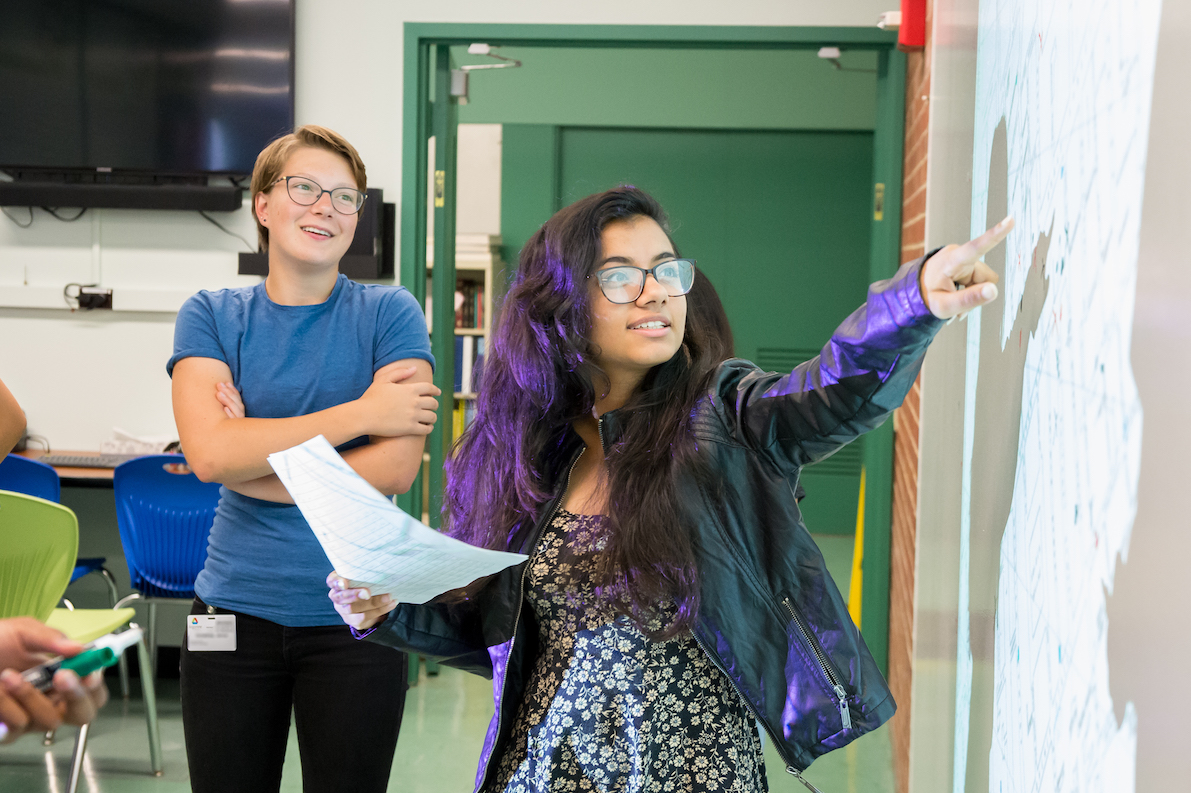
Big Data Camp (9th–12th grade students)
Big Data Camp brings together high school juniors and seniors into a workshop environment where they will use professional Argonne research data and tools to uncover the secrets of data and look forward at their bright futures.
About Argonne National Laboratory
Argonne is a multidisciplinary science and engineering research center, where talented scientists and engineers work together to answer the biggest questions facing humanity, from how to obtain affordable clean energy to protecting ourselves and our environment. Ever since we were born out of the University of Chicago’s work on the Manhattan Project in the 1940s, our goal has been to make an impact—from the atomic to the human to the global scale.
Surrounded by the highest concentration of top-tier research organizations in the world, Argonne leverages its Chicago-area location to lead discovery and to power innovation in a wide range of core scientific capabilities, from high-energy physics and materials science to biology and advanced computer science.



